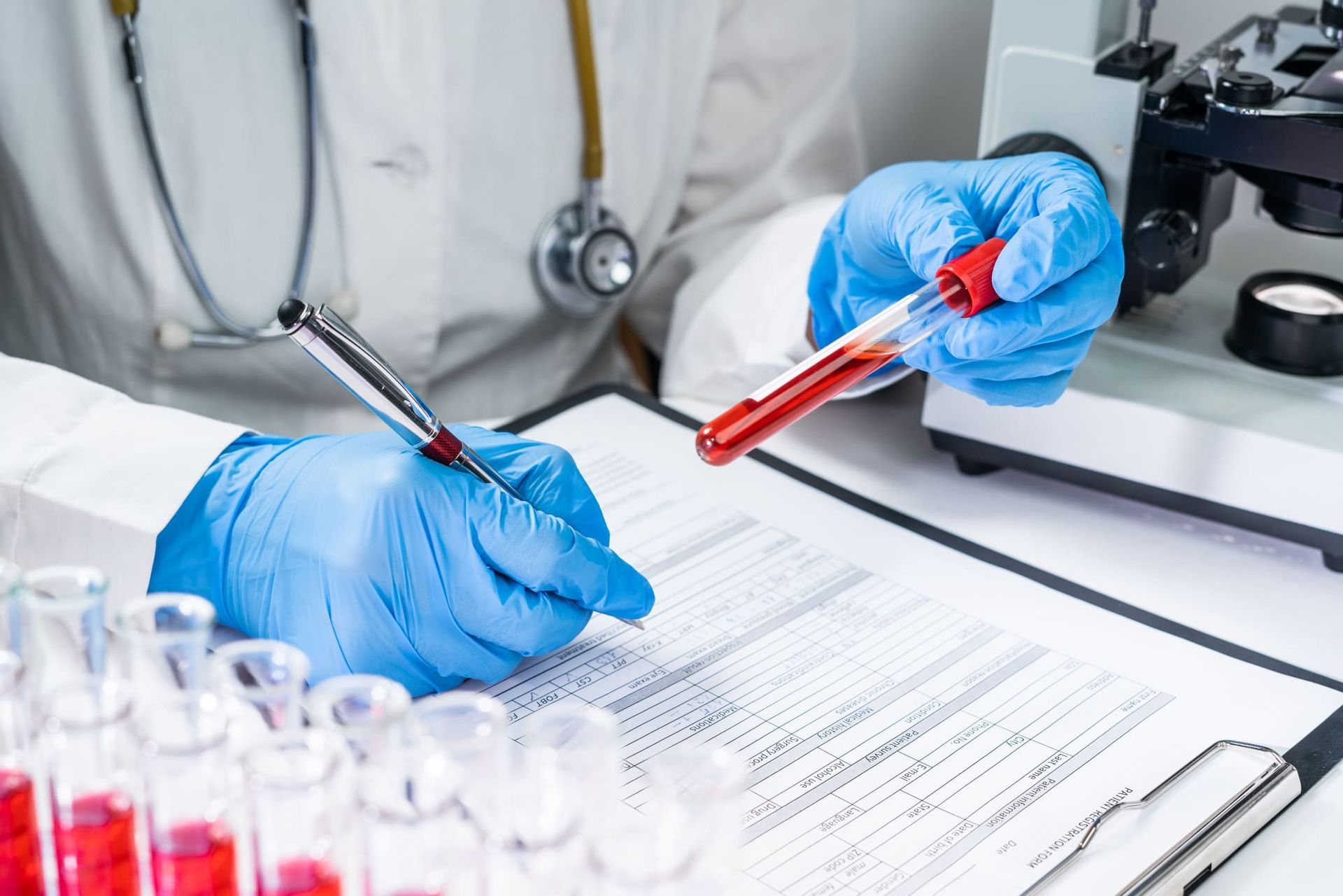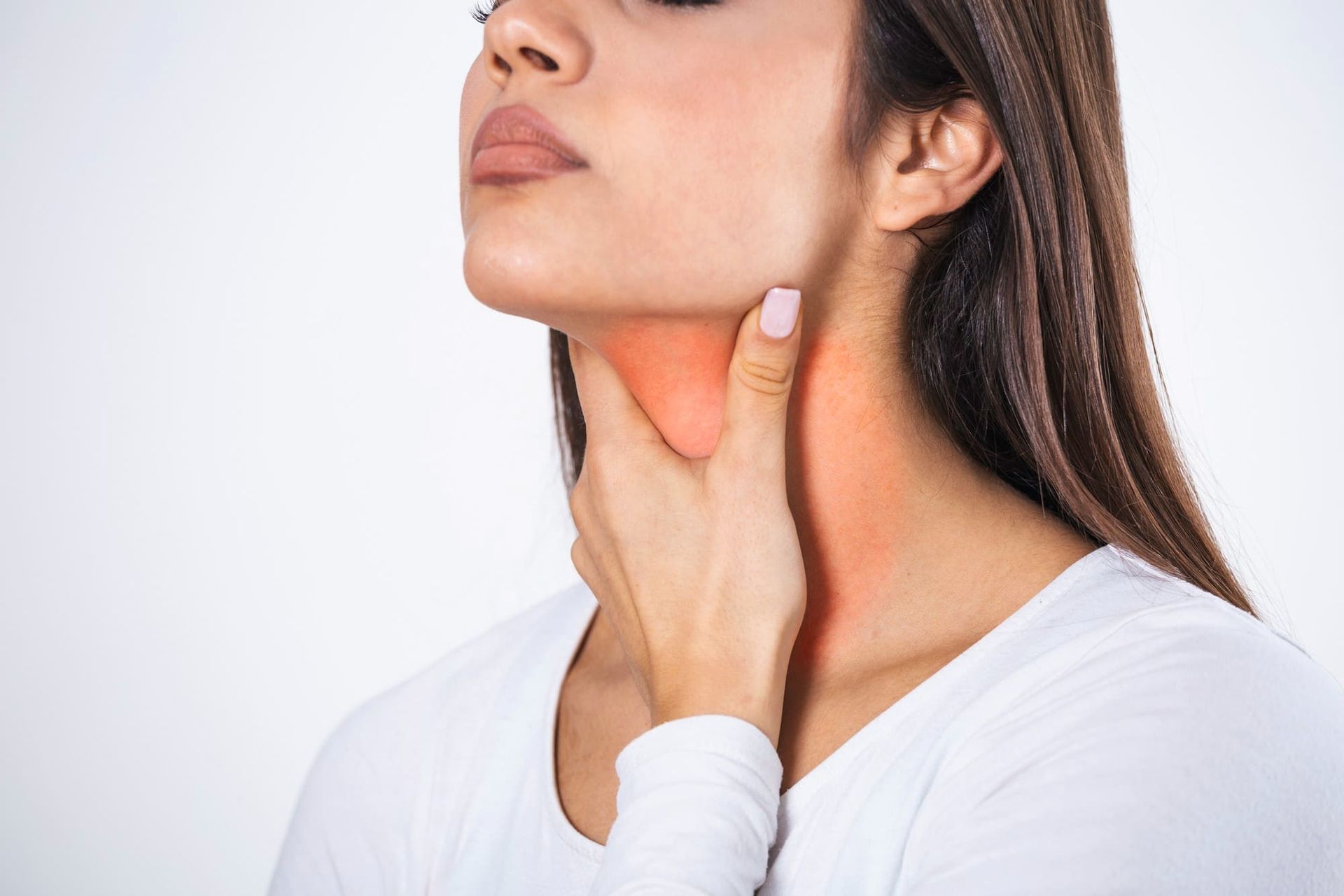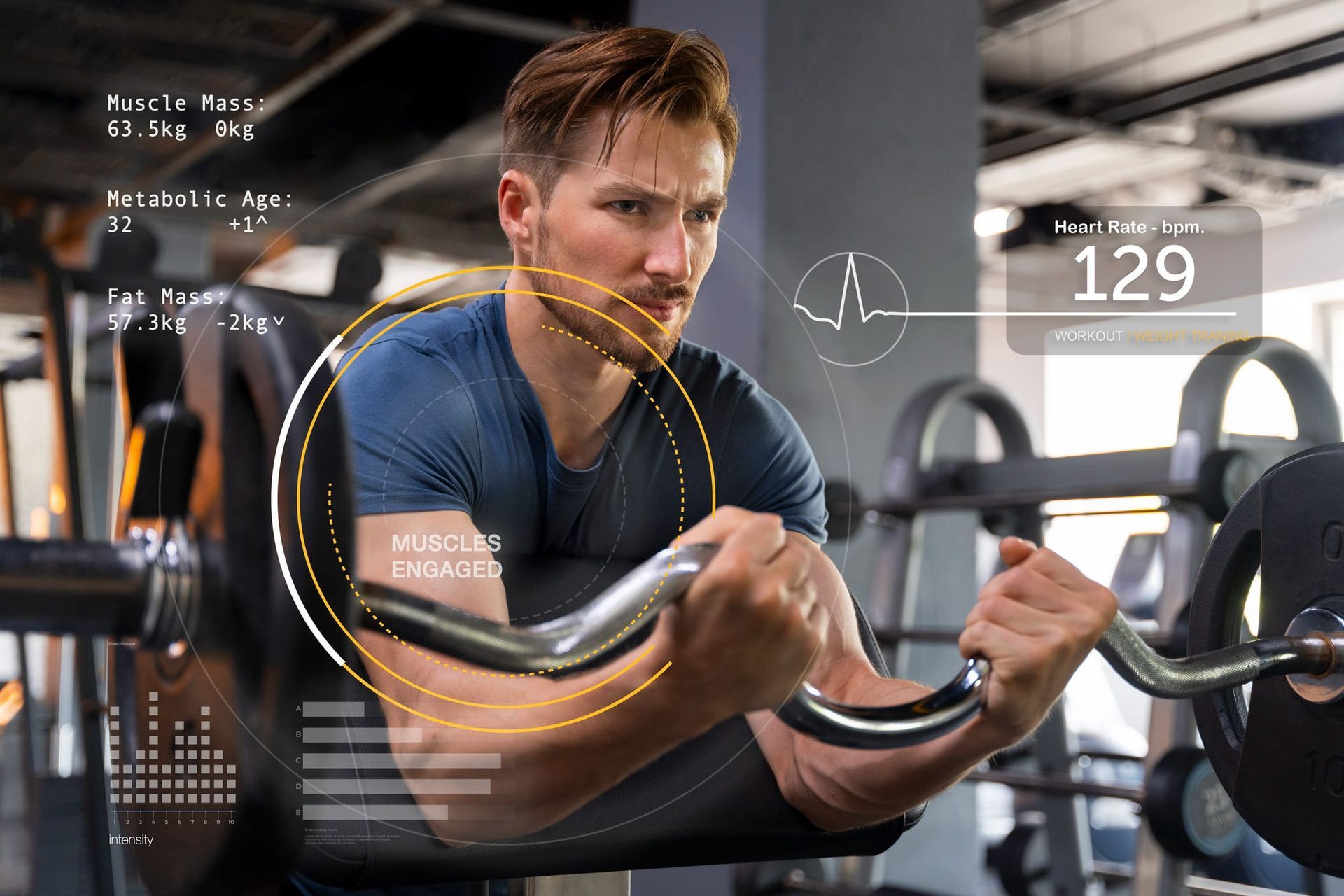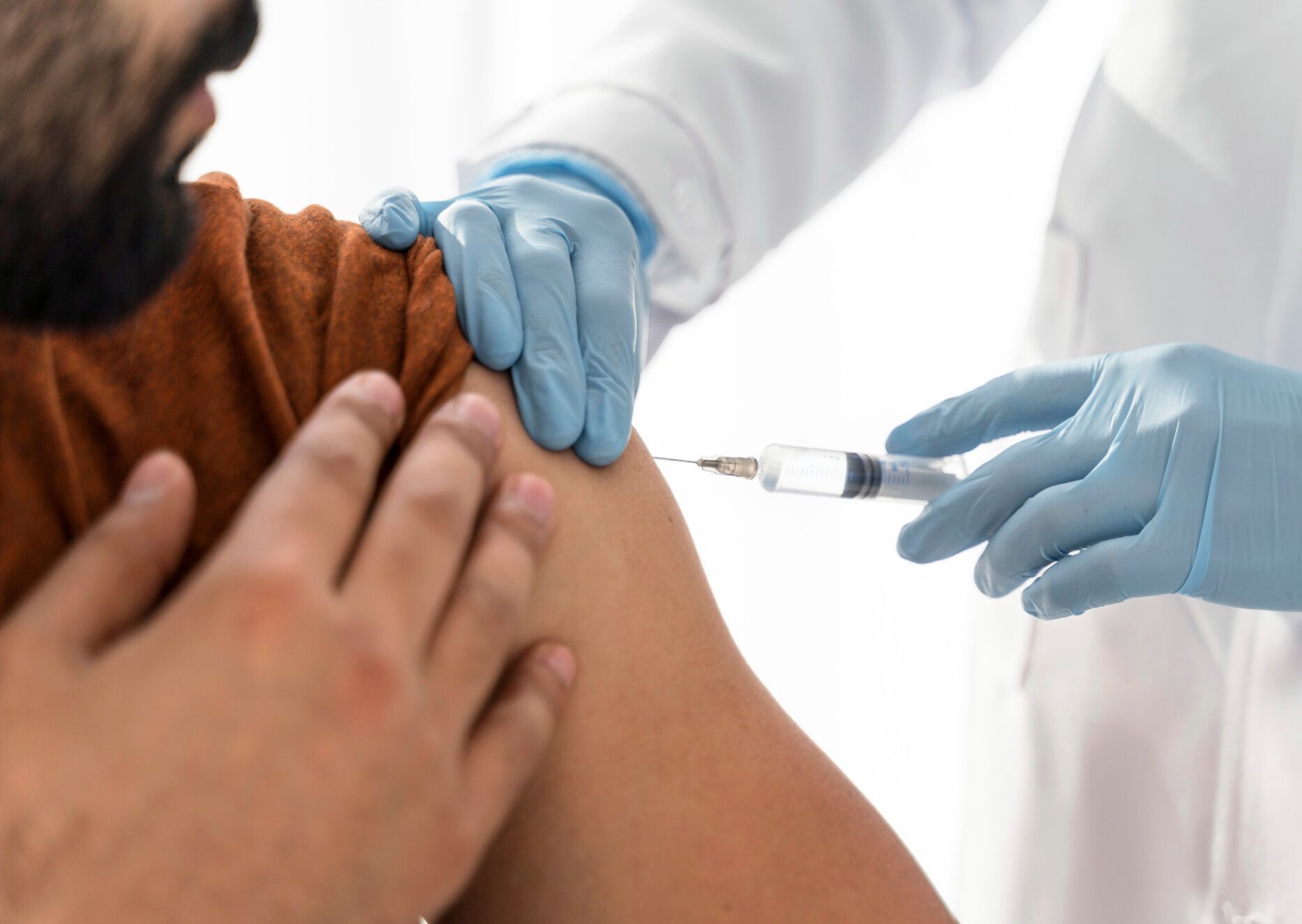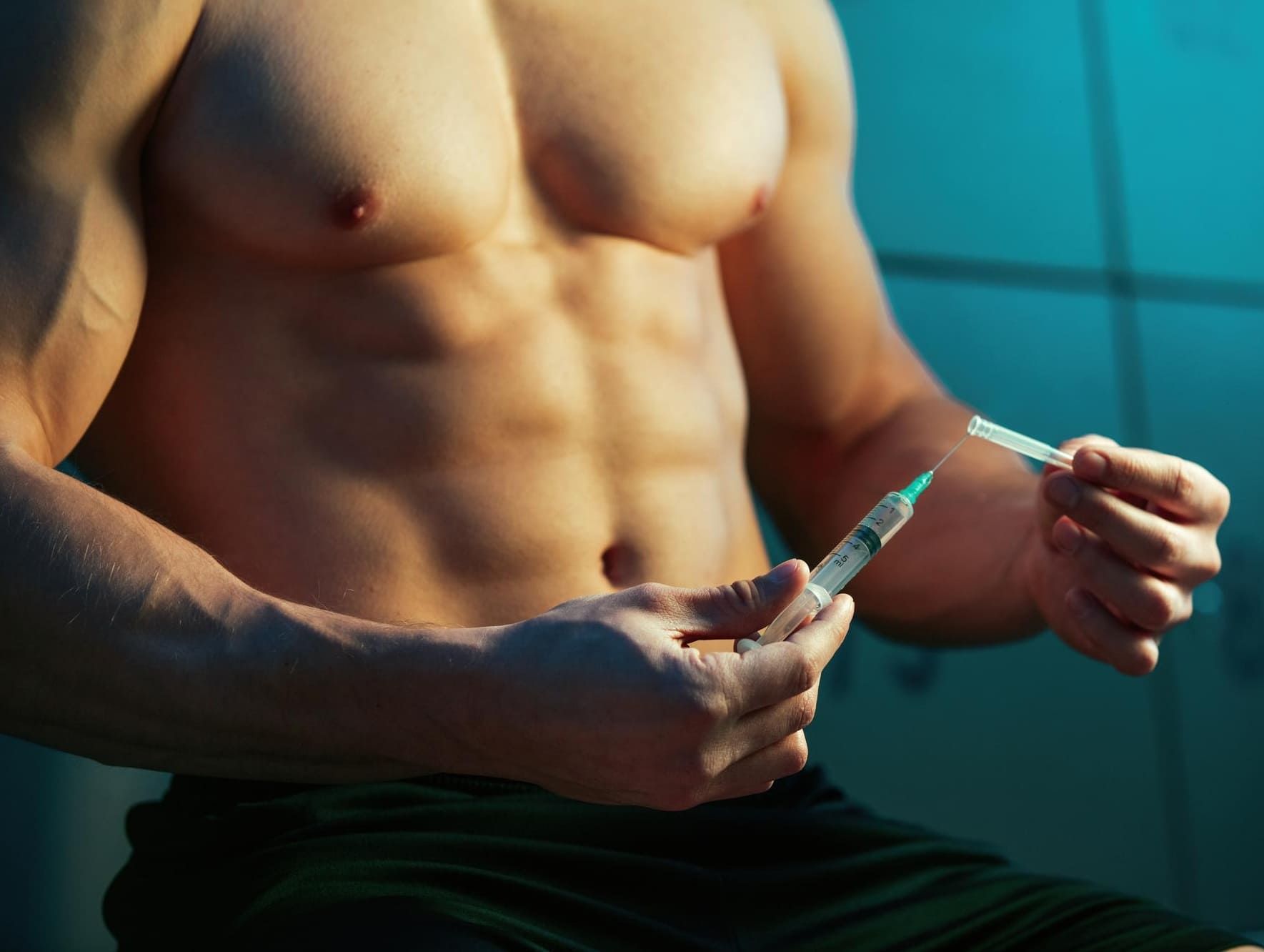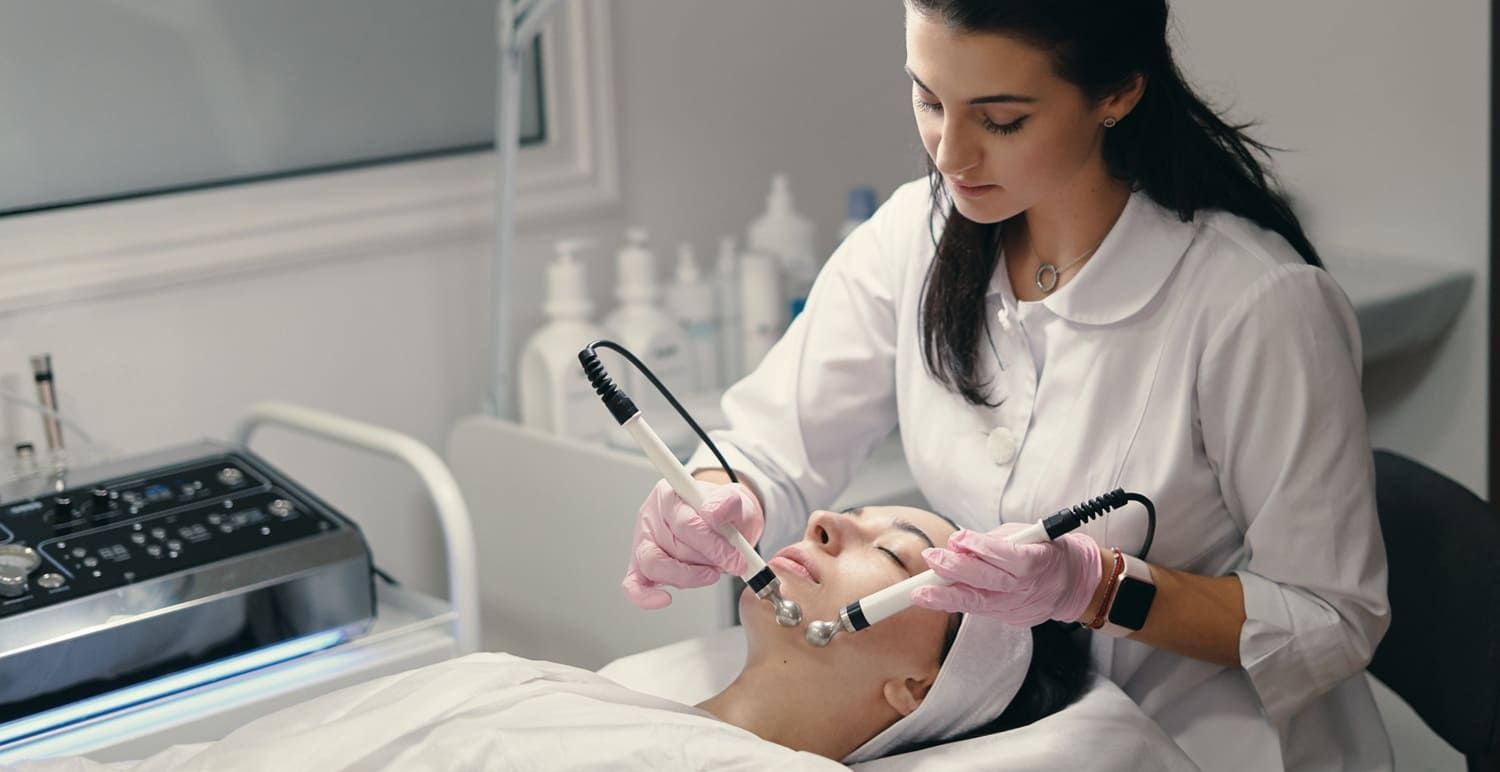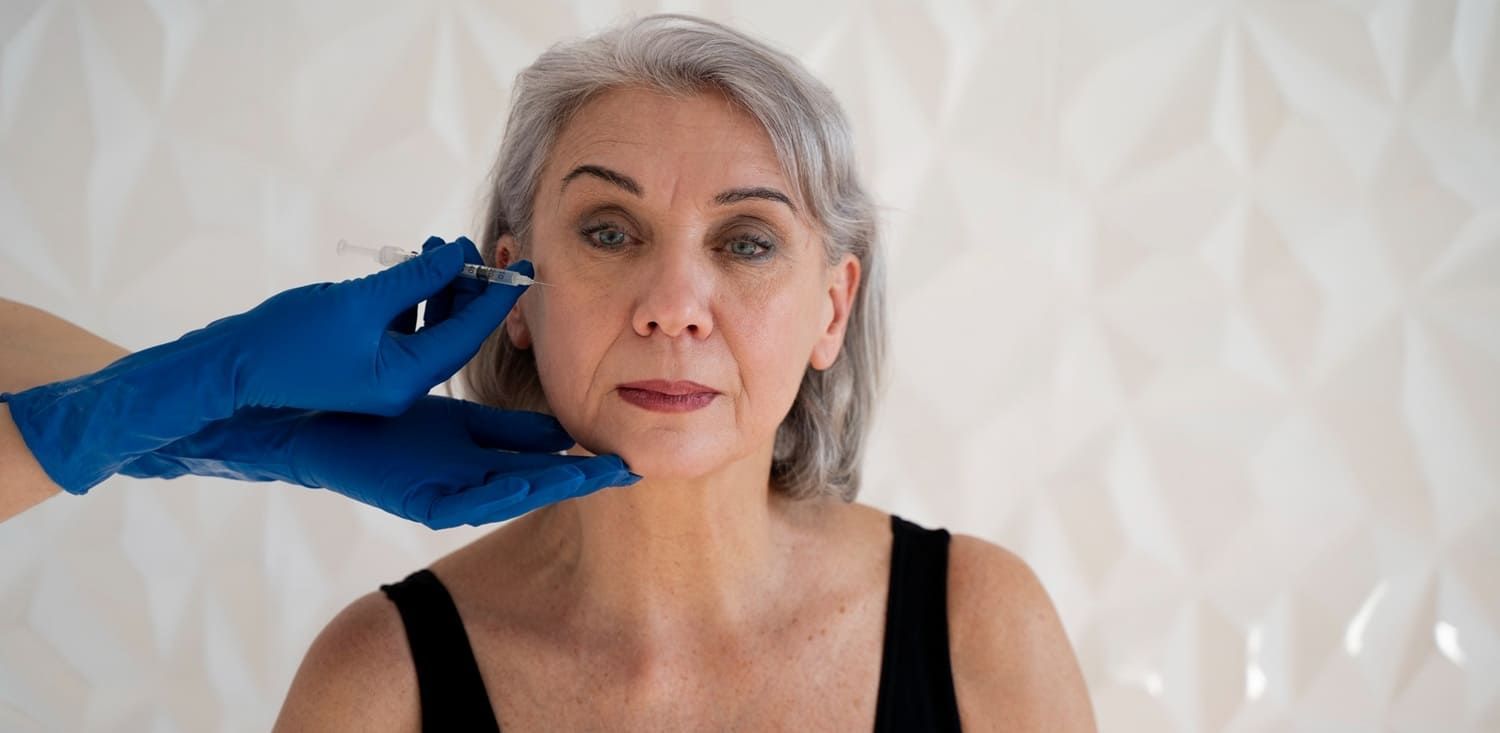How Long Do Dermal Fillers Really Last?
Dermal fillers artfully restore youthful volume by introducing biocompatible substances beneath your skin. Understanding how long they last is key to planning your treatments and maintenance for consistently beautiful results. In Tampa’s premier medical-wellness scene, knowing filler duration ensures you make the most informed investment in aesthetic services at Pure Health and Hormone Center. This guide dives into the crucial factors that influence how long your fillers endure, compares the longevity of popular products, explores how different facial areas affect filler lifespan, and shares our proven recommendations for aftercare and scheduling. Whether you’re considering Juvederm, Radiesse, Sculptra Aesthetic, or another option, you’ll discover how your unique metabolism, the specific injection site, the filler’s composition, and your lifestyle habits all shape your results—and when to book your next touch-up consultation.
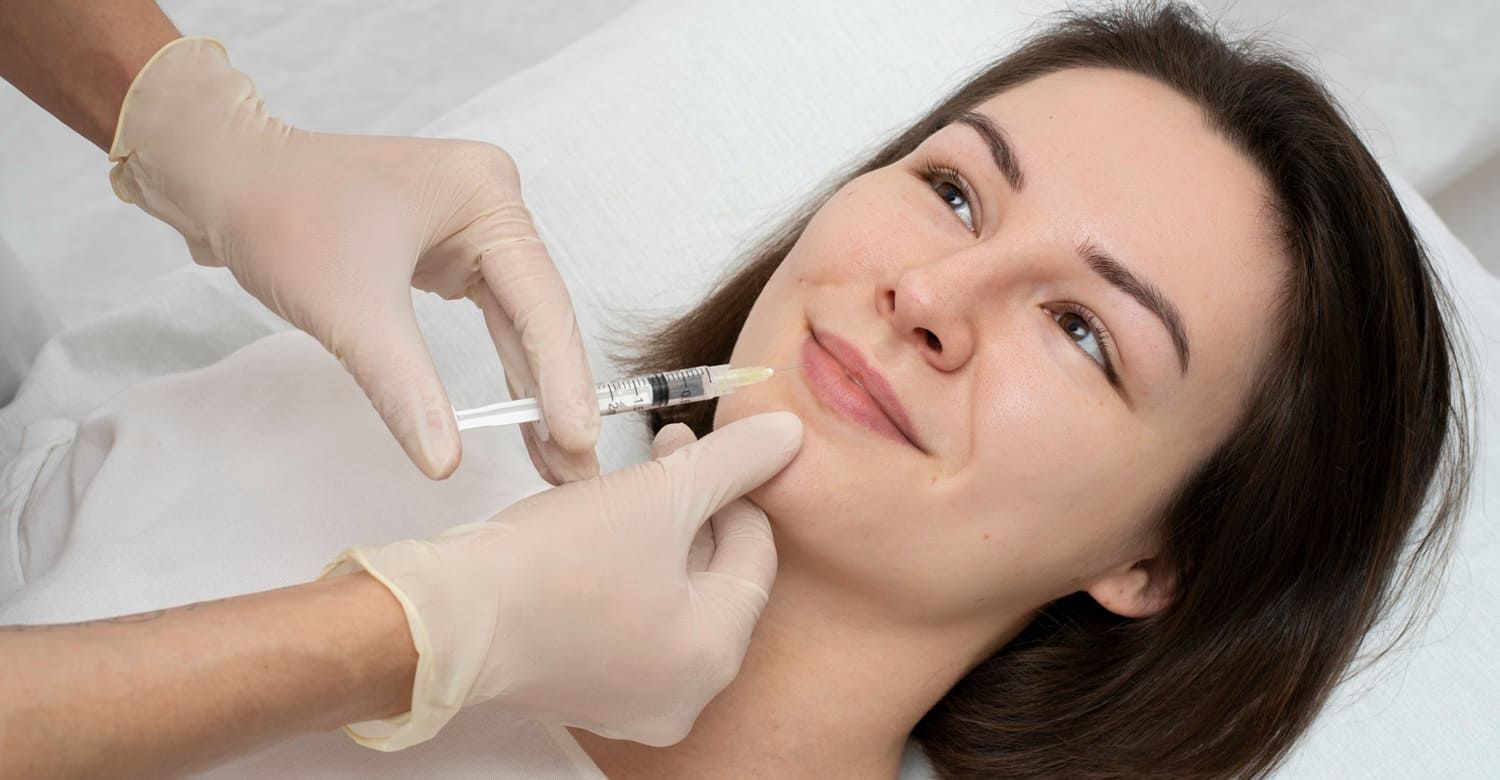
What Factors Affect How Long Dermal Fillers Last?
The longevity of your dermal fillers is influenced by a complex interplay of variables that determine how quickly the injected material integrates with and then naturally breaks down within your tissues. Your personal metabolism plays a significant role, dictating the enzymatic activity that metabolizes hyaluronic acid and other compounds, meaning two individuals receiving identical treatments might experience different durations. The filler’s composition and its cross-linking technology are vital for its resilience against mechanical stress, while the depth and volume of the injection impact its distribution and absorption. Lastly, environmental and lifestyle factors—such as sun exposure, smoking, and hydration levels—can either accelerate degradation or help maintain the filler’s stability. Understanding these elements empowers you to tailor your treatment plans and maximize the value of each session at Pure Health and Hormone Center Tampa.
How Does Your Metabolism Influence Dermal Filler Duration?
Your individual metabolic rate is a primary driver of how quickly your body processes and eliminates filler materials. A faster metabolic profile naturally increases the activity of enzymes like hyaluronidase, leading to a quicker breakdown of hyaluronic acid fillers and thus shorter visible effects. Conversely, a slower metabolism tends to promote prolonged filler presence by reducing the rate of enzymatic clearance. For instance, someone with a naturally high basal metabolic rate might notice volume reduction within eight months, whereas a patient with a slower metabolic processing rate could enjoy results for up to eighteen months. Recognizing these physiological differences allows our practitioners to thoughtfully adjust product selection and dosage for each patient’s unique metabolic context.
Which Lifestyle Habits Can Shorten or Extend Filler Lifespan?
Your everyday habits can significantly impact how long your fillers persist, both through direct tissue effects and biochemical modulation. Before we list them, it’s important to note that these behaviors profoundly shape enzymatic activity and overall skin health:
- Excessive sun exposure can degrade collagen and accelerate filler breakdown due to photoaging and inflammation.
- Smoking introduces more free radicals into your system and reduces skin perfusion, both of which contribute to faster material resorption.
- Chronic dehydration can lead to tissue dryness and hinder proper filler integration, shortening the visible outcomes.
- Regular exercise boosts lymphatic drainage and circulation, which can either help flush filler more quickly or support healthy healing, depending on the timing relative to your treatment.
- A balanced diet rich in antioxidants and healthy fats fortifies your skin’s structure and may help sustain filler effects for a longer period.
By adopting consistent sun protection, making efforts to quit smoking, and maintaining proper hydration, you create an optimal environment that supports filler integrity and can extend your results beyond average expectations.
How Does the Injection Area Affect Filler Longevity?
The rate at which filler breaks down can vary significantly by facial zone, as tissue movement, blood flow, and mechanical stress differ across these sites.
| Treatment Area | Average Duration | Reason |
|---|---|---|
| Lips | 6–12 months | High muscle activity and rich vasculature accelerate hyaluronic acid clearance |
| Cheeks | 12–18 months | Lower motion and thicker subcutaneous layer support extended volume |
| Nasolabial Folds | 9–15 months | Moderate movement and variable skin thickness yield mid-range results |
| Under-Eye (Tear Troughs) | 9–12 months | Thin skin and delicate lymphatic channels lead to moderate persistence |
This interplay between dynamic muscle activity and specific tissue characteristics explains why lips often require more frequent touch-ups compared to the cheeks. Understanding these area-specific differences helps you set realistic expectations and plan your follow-up treatments effectively at Pure Health and Hormone Center.
What Are the Different Types of Dermal Fillers and Their Typical Duration?
Dermal fillers are categorized into distinct types based on their primary active ingredient and mechanism of action, each offering unique longevity profiles and benefits. Hyaluronic acid formulations are celebrated for their reversibility and natural appearance, while calcium hydroxylapatite and poly-L-lactic acid work by stimulating your body’s own collagen for more extended results. Knowing the typical duration associated with each type guides your choice toward the optimal balance of performance and maintenance for your aesthetic goals.
How Long Do Hyaluronic Acid Fillers Like Juvederm and Restylane Last?
Hyaluronic acid fillers work by attracting and binding water molecules, creating immediate volume that gradually diminishes as natural enzymes in your body metabolize the gel. These products are known for delivering consistent, predictable results and offer the advantage of being reversible.
| Brand Variant | Duration Range | Key Feature |
|---|---|---|
| Juvederm Voluma | 12–18 months | High G’ elasticity for cheek lift |
| Juvederm UltraXC | 6–12 months | Smooth gel for fine lines and lips |
| Restylane Kysse | 6–12 months | Flexible formulation for lip movement |
| Restylane Lyft | 12–15 months | Denser gel for deeper volume |
These hyaluronic acid fillers achieve a balance between natural feel and lasting lift through their water-retaining properties and cross-linking density, making them a highly versatile choice for a wide range of aesthetic enhancements.
Factors Influencing HA Filler Longevity: Particle Size, Metabolism, and More
Longevity of HA fillers is determined by particle size, manufacturing processes, volume, location of injection, and host metabolism. Hyaluronic acid products typically last 6 to 12 months.
Biochemistry, physiology, and tissue interactions of contemporary biodegradable injectable dermal fillers, 2018
What Is the Longevity of Calcium Hydroxylapatite Fillers Such as Radiesse?
Calcium hydroxylapatite (CaHA) fillers are composed of microspheres suspended in a gel carrier, providing both immediate volume and long-term collagen stimulation. Radiesse works by restoring structure, acting as a scaffold that encourages your fibroblasts to generate new collagen over time. The initial correction typically lasts for 12–15 months, with continued collagen remodeling extending the visible improvement to 18 months or even longer. This dual-action mechanism makes CaHA fillers an excellent choice for patients seeking enhanced tissue support and gradual, natural-looking volumization.
How Long Do Poly-L-lactic Acid Fillers Like Sculptra Aesthetic Last?
Poly-L-lactic acid (PLLA) fillers function by gradually stimulating your body’s own collagen production through a controlled inflammatory response. Results from Sculptra Aesthetic emerge progressively over several months as your body builds new collagen fibers, with effects potentially lasting up to two years or more. This approach to gradual volumization typically requires a series of treatments spaced over several months but yields durable, natural-appearing restoration that also improves skin quality and resilience over time.
How Do Collagen Stimulator Fillers Compare in Duration?
| Filler Type | Duration Range | Mechanism |
|---|---|---|
| Sculptra (PLLA) | Up to 24 months+ | Stimulates slow collagen deposition |
| Radiesse (CaHA) | 12–18 months | Provides immediate scaffold and collagen boost |
| Ellansé (PCL) | 18–24 months | Polycaprolactone cores encourage matrix growth |
These advanced products differ in their resorption rates and the intensity of their collagen-stimulating effects, allowing our expert providers to tailor treatment plans for patients who prioritize long-term skin renewal alongside volume restoration.
How Long Do Lip Fillers Last Compared to Other Facial Areas?
Lip fillers are highly sought after for their ability to enhance definition and fullness, but the combination of constant movement, delicate tissue, and a rich blood supply means they tend to be absorbed more quickly than fillers in less dynamic zones. Understanding these differences is crucial for scheduling timely maintenance to preserve your desired look without compromising natural expression or comfort.
What Is the Average Lifespan of Lip Fillers?
Lip augmentation using hyaluronic acid fillers typically endures for a period of 6 to 12 months. The viscosity of the gel and its cross-linking density play a role in how long the plumpness is maintained before a gradual smoothing effect begins to appear. Your practitioner’s injection technique—whether they layer product deeper or more superficially—also influences the duration. Patients often notice a subtle reduction in contour around the nine-month mark, which is a good indicator that it might be time to consider a touch-up to maintain your desired volume.
Why Do Lip Fillers Tend to Last Shorter Than Cheek or Nasolabial Fold Fillers?
The high mobility of the orbicularis oris muscles, combined with continuous oral activity like eating and speaking, significantly accelerates filler breakdown in the lips. Rapid blood circulation in the vermillion border also enhances the enzymatic degradation of hyaluronic acid gel. In contrast, areas like the cheeks and nasolabial creases experience less mechanical stress and lower perfusion rates, allowing fillers in those regions to remain intact for a longer duration. This distinct difference in dynamics informs personalized treatment schedules that align with each zone’s unique metabolic and mechanical environment.
How Can You Maximize the Duration of Your Lip Fillers?
Maintaining optimal lip volume involves a strategic combination of proper technique, precise timing, and diligent aftercare:
- Schedule your injections after any dental procedures to avoid excessive muscle activity immediately following your treatment.
- Apply gentle, daily hydrating balms that include SPF to protect the injected tissue from UV-induced degradation.
- Refrain from vigorous lip massage for at least 48 hours to allow the gel to integrate properly without premature migration.
- Minimize chronic caffeine and alcohol intake to help support optimal circulation balance in the vermillion border.
- Book a subtle follow-up session around the six- to eight-month mark to replenish volume and reinforce collagen support.
Implementing these measures can help prolong your lip’s full contour and achieve smoother transitions between your appointments.
How Can You Maximize Dermal Filler Longevity? Expert Tips from Pure Health and Hormone Center Tampa
Achieving optimal filler duration is a result of combining precise injection techniques, diligent aftercare, and healthy lifestyle habits that actively support tissue integrity. At Pure Health and Hormone Center, our expert practitioners meticulously tailor post-treatment protocols and maintenance intervals based on your individual physiology and aesthetic goals. By implementing evidence-based strategies and providing personalized lifestyle guidance, we help our Tampa clients enjoy consistent, long-lasting, and beautiful results.
What Are the Best Aftercare Practices to Extend Filler Duration?
Your aftercare routine plays a direct role in how well your fillers settle and remain in place. Adhering to these guidelines is essential:
- Keep the treated area clean and gently moisturized with non-comedogenic products for at least 24 hours post-treatment.
- Apply cold compresses intermittently during the first day to help reduce inflammation and encourage gel stabilization.
- Sleep with your head elevated on pillows for the first two nights to minimize swelling and promote even filler distribution.
- Avoid strenuous exercise, saunas, and hot tubs for 48 hours to prevent increased circulation that could potentially accelerate breakdown.
- Adhere to a low-salt diet immediately following your injection to help reduce fluid retention and swelling.
These practices foster optimal tissue integration, laying the crucial foundation for maximum filler longevity and a consistently refined look.
How Often Should You Schedule Maintenance Treatments?
The ideal frequency for maintenance treatments depends on the specific product used, the area treated, and your individual metabolism. As a general guideline:
- Hyaluronic acid fillers typically benefit from touch-ups every 6–12 months.
- Calcium hydroxylapatite injections may require follow-up appointments at 12–18 month intervals.
- Poly-L-lactic acid treatments usually involve an initial series of sessions over three to six months, followed by annual check-ins.
Our specialists recommend personalized schedules based on clinical observations and your valuable feedback, ensuring seamless continuity and maximum value from every aesthetic session.
How Do Healthy Lifestyle Choices Support Longer-Lasting Fillers?
The long-term performance of your fillers thrives on overall skin health and a balanced metabolism:
- Consuming foods rich in omega-3 fatty acids supports anti-inflammatory pathways that help protect filler material.
- Prioritizing lean proteins and produce abundant in vitamin C enhances collagen synthesis and tissue repair processes.
- Adhering to comprehensive sun protection routines prevents photoaging, which can degrade both your natural collagen and the filler structure.
- Maintaining stable hydration levels through consistent daily water intake supports optimal extracellular matrix function.
By aligning your lifestyle choices with your aesthetic goals, you actively reinforce filler resilience and enjoy prolonged, natural-looking outcomes.
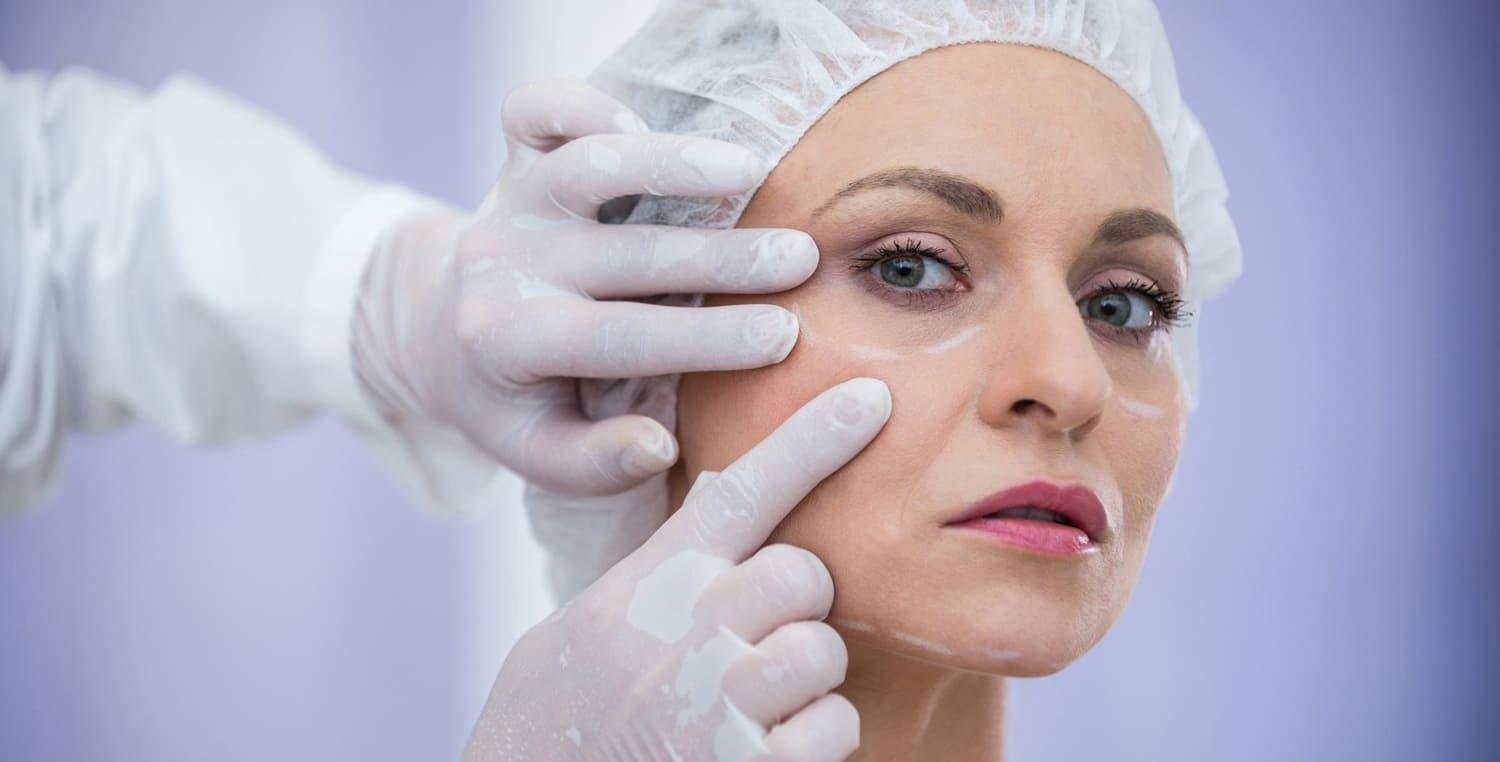
When Should You Consider Getting Dermal Fillers Refreshed or Repeated?
Recognizing when your fillers have softened, subtly migrated, or lost their lift is essential for maintaining a balanced and youthful appearance before volume loss becomes pronounced. Timely refresh appointments ensure that we are performing maintenance rather than correcting significant sagging.
What Are the Signs That Your Fillers Are Wearing Off?
Noticeable volume diminution and subtle textural changes are key indicators that your fillers are nearing the end of their effective period:
- You may observe flattening or depressions along treated contours where fullness once existed.
- Existing creases and folds in areas previously smoothed may begin to reappear or deepen.
- There might be subtle migration of product away from the intended target zones, leading to a less uniform appearance.
- Pre-treatment shadows under the eyes or along the nasolabial lines may start to return.
Identifying these visual and tactile cues early allows for a strategic refresh before wider treatment adjustments become necessary.
How to Decide the Right Time for Your Next Filler Appointment?
Scheduling your next session involves balancing visible need with planning efficiency:
- Document baseline photos at each treatment and compare them quarterly to objectively measure volume retention.
- Track your patient-reported satisfaction regarding smoothness, fullness, and symmetry to gauge when a top-up might be beneficial.
- Consult with your injector around the eight- to ten-month mark for hyaluronic acid fillers, or annually for collagen-stimulating types.
- Consider seasonal factors—such as avoiding the hottest summer months—to potentially minimize downtime and reduce swelling risk.
By combining clinical assessment with your valuable feedback, Pure Health and Hormone Center ensures touch-ups occur at the ideal moment for sustained confidence and minimal disruption.
What Are the Costs and Consultation Process for Dermal Fillers in Tampa, Florida?
Clarity regarding pricing and the consultation process empowers our clients to make informed decisions and feel confident about their investment. At Pure Health and Hormone Center in Tampa, we provide transparent cost ranges, personalized assessments, and straightforward booking to streamline your aesthetic journey.
How Much Do Different Dermal Fillers Typically Cost?
- Hyaluronic Acid Fillers (Juvederm, Restylane): $600–$900 per syringe.
- Calcium Hydroxylapatite (Radiesse): $800–$1,200 per syringe.
- Poly-L-lactic Acid (Sculptra Aesthetic): $1,100–$1,500 per vial (multiple vials are typically recommended).
Exact pricing is determined by an assessment of your facial anatomy, the desired level of enhancement, and the number of syringes or vials needed to achieve optimal results.
What Happens During a Dermal Filler Consultation at Pure Health and Hormone Center?
Each consultation follows a clear, patient-centered process designed for your comfort and understanding:
- A licensed practitioner will thoroughly review your medical history and discuss your aesthetic goals.
- A detailed facial analysis will identify volume-deficient zones, assess skin quality, and consider structural considerations.
- Treatment options and product choices will be clearly explained, including expected duration and recommended maintenance schedules.
- A personalized treatment plan will be presented, outlining specific areas, injection techniques, and a cost estimate.
- We will arrange scheduling for your injection session, often accommodating same-day treatment if preferred and feasible.
This structured approach ensures you feel fully informed, comfortable, and well-prepared for every step of your treatment.
How Can You Book a Consultation for Dermal Fillers in Tampa?
To secure your personalized assessment, simply contact Pure Health and Hormone Center by requesting a consultation through our online form or by calling the clinic directly. Our dedicated team will confirm your appointment details, answer any preliminary questions you may have, and provide essential pre-visit guidelines. Scheduling promptly after noticing volume changes helps maintain continuous, natural results without extended downtime.
What Are the Safety Considerations and Potential Side Effects of Dermal Fillers?
Safety and patient comfort are paramount in guiding every aesthetic procedure, making it essential to understand potential risks and select qualified providers. By adhering to evidence-based protocols and utilizing only FDA-approved products, Pure Health and Hormone Center prioritizes both efficacy and your overall well-being.
How to Choose a Qualified Injector in Tampa for Safe Filler Treatments?
Selecting an injector with specialized training and verified medical credentials is crucial for ensuring optimal outcomes and minimizing potential complications:
- Verify that your provider is a licensed medical professional—such as a nurse practitioner, physician assistant, or physician—who possesses advanced training in facial anatomy.
- Inquire about their documented experience in injecting each specific filler type and their protocols for managing potential adverse events.
- Confirm that your treatment will take place in a professional medical clinic environment equipped with sterile protocols and emergency preparedness measures.
Meeting these criteria builds essential trust and reinforces the predictable, safe delivery of your aesthetic enhancements.
What Are Common Side Effects and How Can They Be Minimized?
Most filler side effects are mild and transient when proper technique is employed:
- Redness, swelling, and bruising may occur at the injection sites but typically resolve within one week.
- Tenderness and firmness can persist for several days; gentle massage and cold compresses can expedite recovery.
- In rare instances, vascular occlusion requires immediate intervention—choosing highly experienced injectors significantly minimizes this risk.
Following post-treatment guidelines diligently and reporting any concerns promptly can reduce the likelihood and duration of unwanted reactions.
What to Expect During and After Your Dermal Filler Procedure?
Understanding the treatment flow can significantly ease patient anxiety and enhance overall satisfaction:
- Your session will begin with the application of topical or local anesthesia to ensure your comfort throughout the procedure.
- Precise, volumizing injections will be administered using fine cannulas or needles in the targeted areas.
- A brief observation period will follow to monitor for any immediate reactions and confirm aesthetic symmetry.
- You can typically resume most normal activities on the same day, with minor activity restrictions advised for 24–48 hours.
This predictable, minimally invasive process allows you to enjoy refreshed contours almost immediately, with full integration of the filler material typically occurring over the following two weeks.
Restoring youthful volume with dermal fillers is a sophisticated blend of science, artistry, and personalized care. By understanding how your metabolism, the filler type, the injection site, and your lifestyle factors all influence duration, you can partner effectively with Pure Health and Hormone Center Tampa to plan treatments that deliver exceptional results. Expert aftercare, timely maintenance, and informed provider selection further extend your results while safeguarding your well-being. When you’re ready to maintain smooth, natural contours and enhance your confidence, request a consultation to discover the ideal filler strategy for your unique aesthetic goals.




